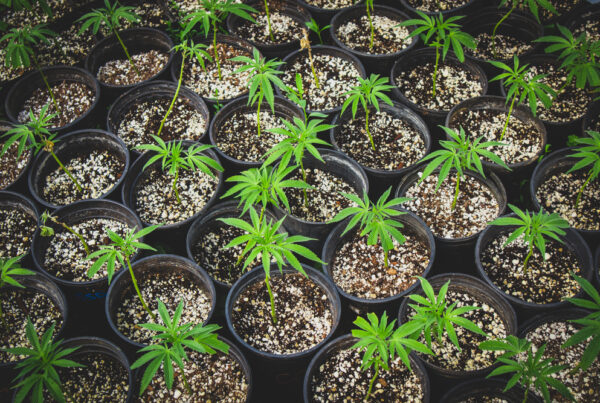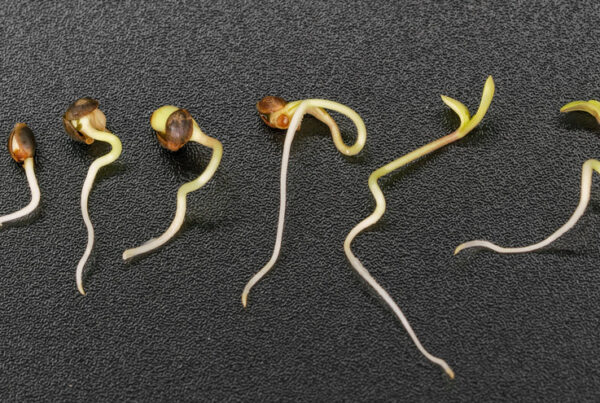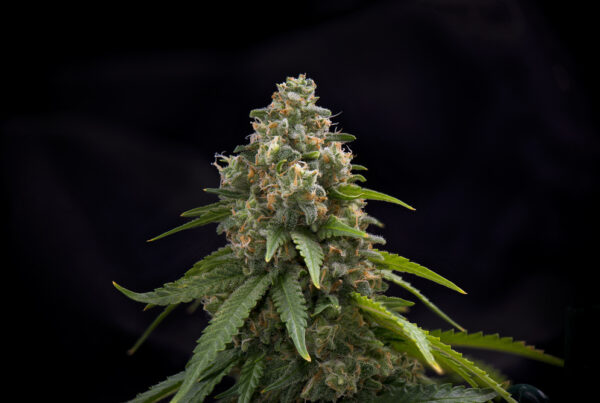Cannabis concentrates and extracts have become increasingly popular among both recreational users and medical patients. Selecting the extraction method can be overwhelming due to the variety of options. This article aims to delve into six extraction techniques that empower you to make a choice about which method suits your requirements best.
The Conventional Approach: Dry Sift
Dry sift is a time-honored technique that involves flowers or trims over a mesh screen. By agitating the material, fine resin glands called trichomes are collected, resulting in kief, an extract in cannabinoids. Versatile and simple to produce, dry sift can be consumed as is or further processed into concentrates, like hash.
Unmatched Potency: Bubble Hash
Bubble hash production utilizes water and ice to separate trichomes from cannabis plant material. This solventless method produces high-quality hash by stirring and filtering the material through bubble bags of varying sizes. The outcome is a concentrate that offers enjoyable cannabis experiences based on extraction duration and starting materials.
Efficient Industrial Method: Butane Hash Oil (BHO)
Butane Hash oil, commonly referred to as BHO, utilizes butane gas as a solvent to extract cannabinoids from cannabis buds or trim capturing compounds such as THC and terpenes. Once the liquid butane evaporates, it leaves behind a concentrate known as shatter or wax, valued for its potency and versatility.

The Reliable Classic: Alcohol-Based Extraction
Using ethanol or other food-grade alcohol remains one of the reliable methods for creating cannabis tinctures. Infusing ground cannabis into alcohol allows for controlled extraction of cannabinoids without loss of flavor or aroma compared to other techniques. By adjusting factors like temperature and duration, producers can efficiently produce concentrates ranging from tinctures to potent full-extract cannabis oil (FECO).
Pure and Solvent Free: Rosin Press
Rosin production has brought about a revolution in the market by providing a solventless concentrate produced through the simple pressing of cannabis flowers or hash under heat. This technique is easy to master and offers many options: applying slow pressure, high pressure, or even combining it with heat variations. The resulting rosin can have textures ranging from shatter to sap rich in terpenes based on extraction parameters.
State of the Art Advances: CO2 Extraction
The CO2 extraction method utilizes precise pressure and temperature control to separate cannabinoids and terpenes from plant matter. This advanced technique guarantees a concentrate that faithfully captures the unique characteristics of the original plant. Despite its complexity compared to other methods, CO2 extraction has gained popularity for producing safe and consistent cannabis extracts on an industrial scale.
Enhancing Your Extract: Techniques for Refinement and Purification
Once you have successfully extracted your cannabis concentrate using any of the aforementioned methods, you may choose to refine and purify it further to achieve a quality product. Here are two techniques for this purpose:
Winterization
Winterization is a process that involves freezing the extract and subsequently removing impurities such as waxes, lipids, and fats. By immersing the concentrate in a solvent, typically ethanol or another food-grade alcohol, chilling it in a freezer, and then passing it through a mesh or filter paper, residual plant material gets separated from the cannabinoids and terpenes. This step enhances the product’s purity, flavor, and smoothness while eliminating any lingering solvents.
Purification
In case you want to consider purification to eliminate any remaining impurities or contaminants, one common method used for this purpose is activated carbon filtration. Activated carbon possesses a structure that effectively absorbs compounds. Passing the extract through activated carbon filters or beds, we can effectively remove pollutants, like solvents and pigments. This additional purification step ensures a product with improved taste and clarity.
It’s important to note that winterization and purification techniques are refinement steps in your extraction process. You can choose to utilize them based on the level of refinement you desire.
Conclusion
Given the range of extraction methods available today, there isn’t an answer as to which one is best for you. Your preference may depend on factors such as your desired end product, available resources, safety considerations, and personal taste preferences. By understanding the advantages and limitations of these six methods, you now have the knowledge to make an informed decision about which cannabis extract or concentrate will best suit your specific needs. Remember that exploring techniques is essential in honing your skills as an extractor.
Regardless of the method you choose, always prioritize safety by using the right equipment and following recommended procedures.






